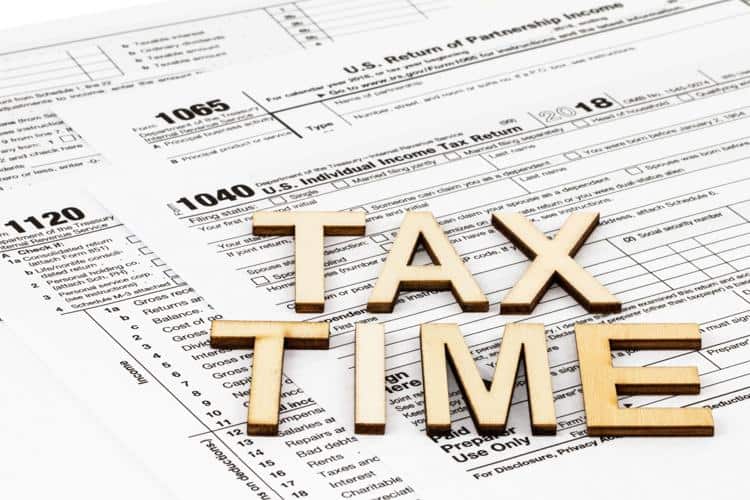
Lithium-ion batteries have proven to be a key link in global supply chains, placing these unassuming electronics at the crux of the future of electric vehicle markets around the world. And lithium is not the EV sector’s only problem element. The electric car supply chain is also heavily dependent on cobalt, a pricey metal that makes electric cars so prohibitively expensive for most consumers, with the battery’s cobalt content accounting for an astonishing 40 percent of the car’s total value. Now, however, it looks like Tesla is poised to disrupt the entire EV market and supply chain with new innovation by taking on both lithium and cobalt. “As Tesla plans next-generation electric vehicle batteries, focus is turning to lithium-iron, not the lithium-ion that has been the fundamental chemical engineering science powering EVs to date,” CNN reported earlier this week. Got that? Iron, not ion. While the words may be nearly indistinguishable while speed-reading, the difference will be massive. Furthermore, “eliminating the rare, expensive, and controversial element cobalt from batteries is among the biggest aims.”
Cobalt has been an essential component in car batteries because of its particularly high energy density. As Reuters explains, “EV manufacturers usually use nickel-cobalt-aluminum (NCA) or nickel-manganese-cobalt (NMC) batteries on passenger vehicles because of their higher energy density, which is critical in determining how far an EV can drive on a single charge.” Now, however, Tesla’s new lithium-iron battery could potentially change everything.
Their new batteries would allow electric cars to travel for 400 miles or more before needing to be recharged and would be super durable, lasting as long as one million miles in its lifetime. The impact of this innovation on the EV market and the future of the EV industry would be hard to overstate. “That could spur EV sales the same way the first 100,000-mile warranties on gas cars once did,” writes CNN.
“As Elon Musk’s Tesla has been talking up new battery technology development as part of the lead-up to the company’s first-ever Battery Day for investors, Wall Street is buzzing about the difference the next generation of batteries may make, the CNN report continues. “Vehicles with lithium-ion batteries, also used in cellphones, are expected to give way over the next few years to cars and trucks made with lithium-iron-phosphate and other chemistries. This will cut costs, extend vehicle ranges to 400 miles or more between charges, and enable batteries to last as long as 1 million miles.”
Not only will this be a boost to EV sales, it will also fundamentally change the car market as a whole, as these batteries will have such a long life that cars will retain their value for much longer than is currently possible. “If you’re talking about batteries that can last twice as long for the same price, it completely changes the math for the consumer,” Wedbush Securities analyst Dan Ives told CNN.
This potentially massive boost in EV sales will also be essential for the continued success of Tesla, which, despite being an investment darling, has gone years without turning a profit. “Reducing Tesla’s own costs and spurring mass adoption of EVs remain critical priorities for Tesla, as echoed in a message from Musk to employees on Monday saying it would be a challenge to break even right now.”
China dominates the market for lithium-ion battery production, accounting for around two-thirds of the global supply. Their near-monopoly on this essential part of the supply chain has given the nation indirect control of the global EV market, incentivizing EV companies around the world to move their entire production to China. While the industry likely will be moving away from lithium-ion batteries, however, this is one aspect of the EV market that Tesla likely won’t be changing any time soon. These new lithium-iron batteries will likely be made in the same Chinese factories currently producing conventional lithium-ion batteries, as they are one of the many EV companies that has shifted the lion’s share of production to Asia.























